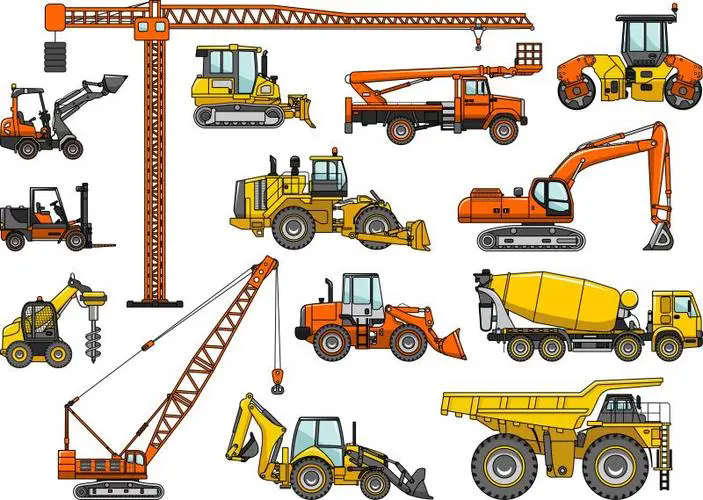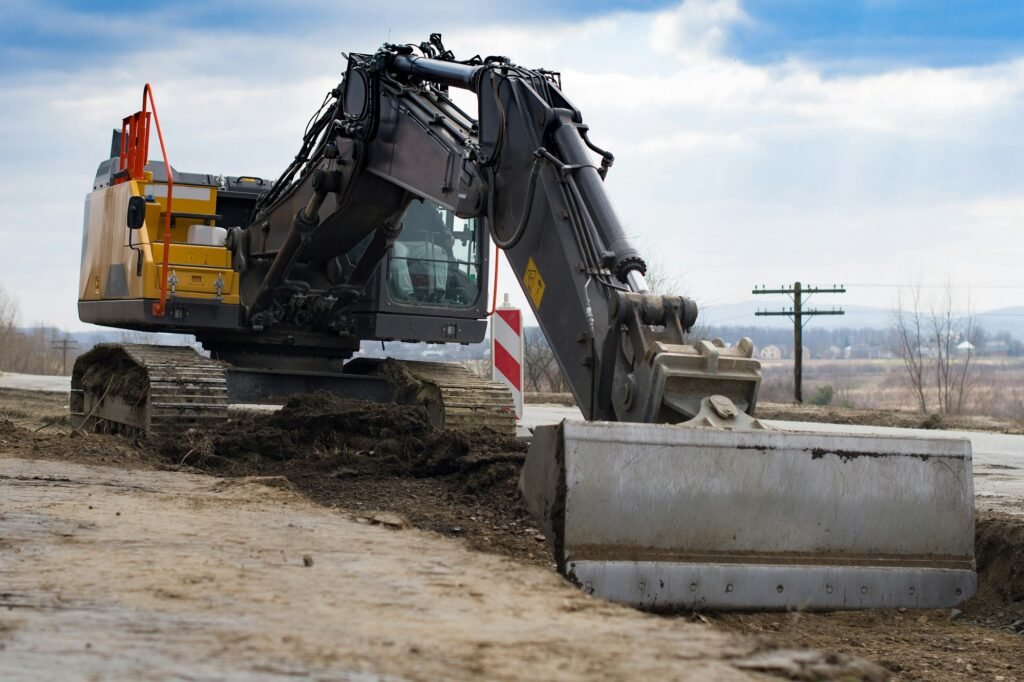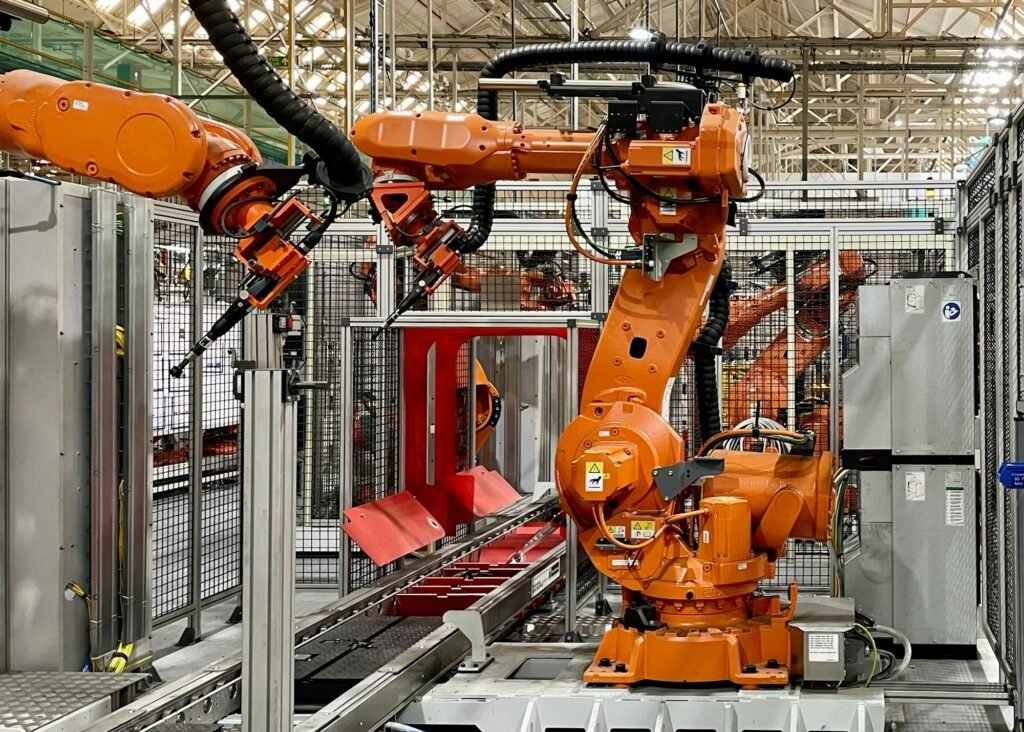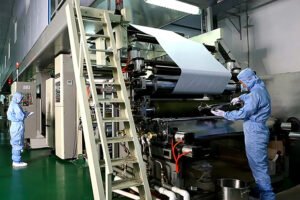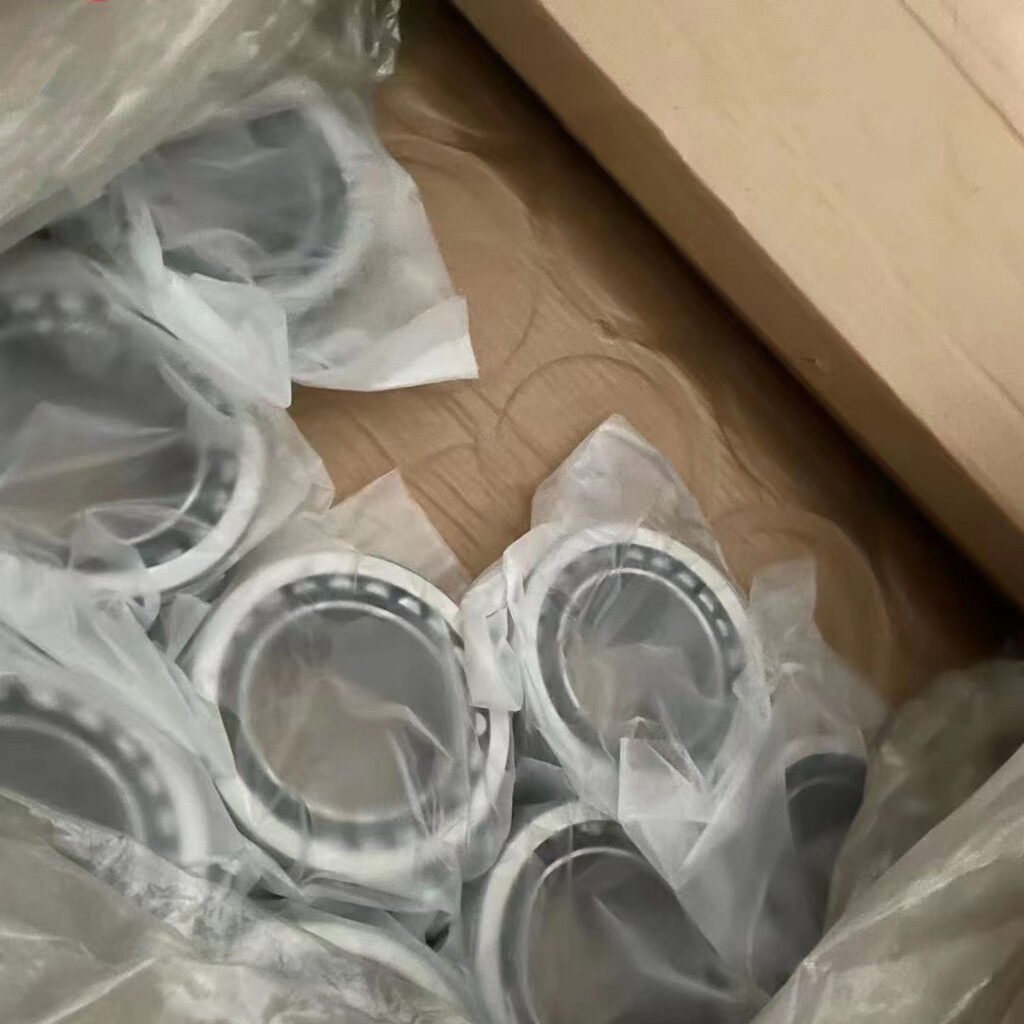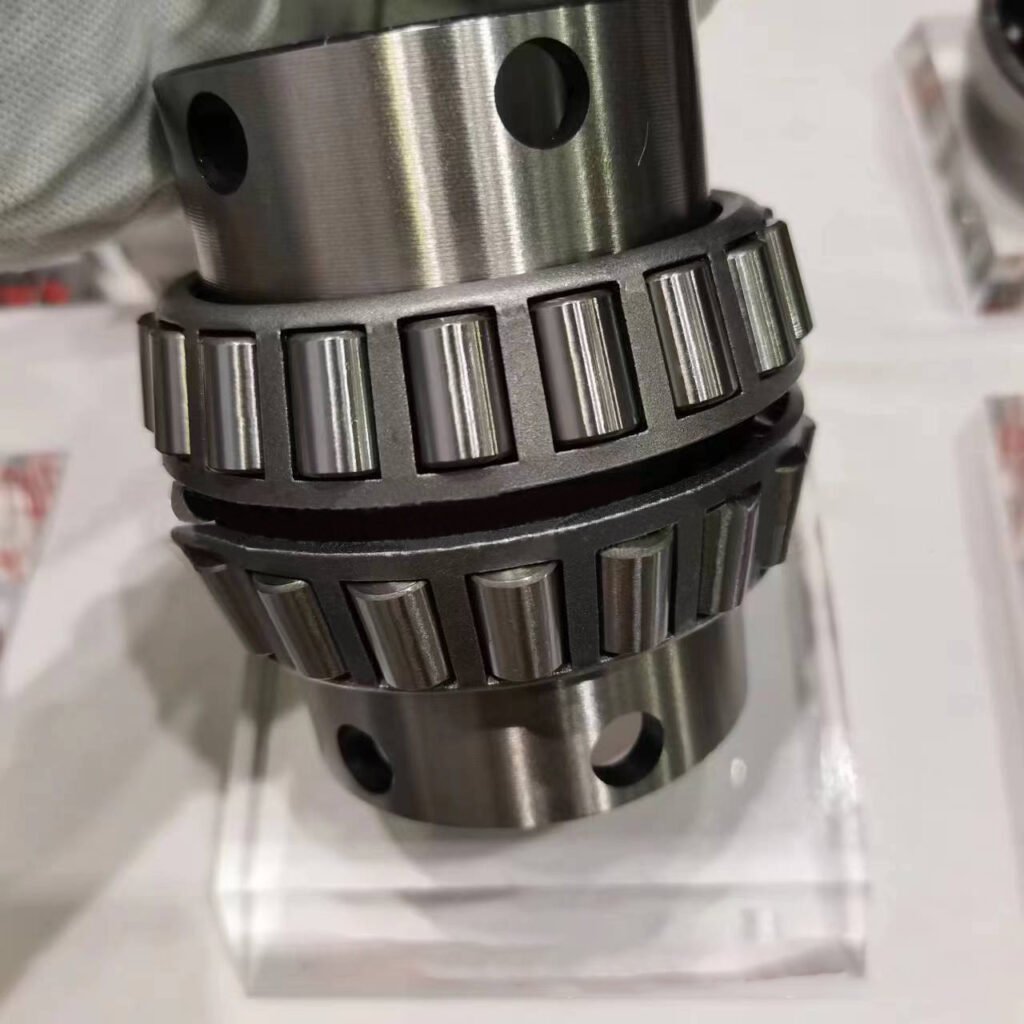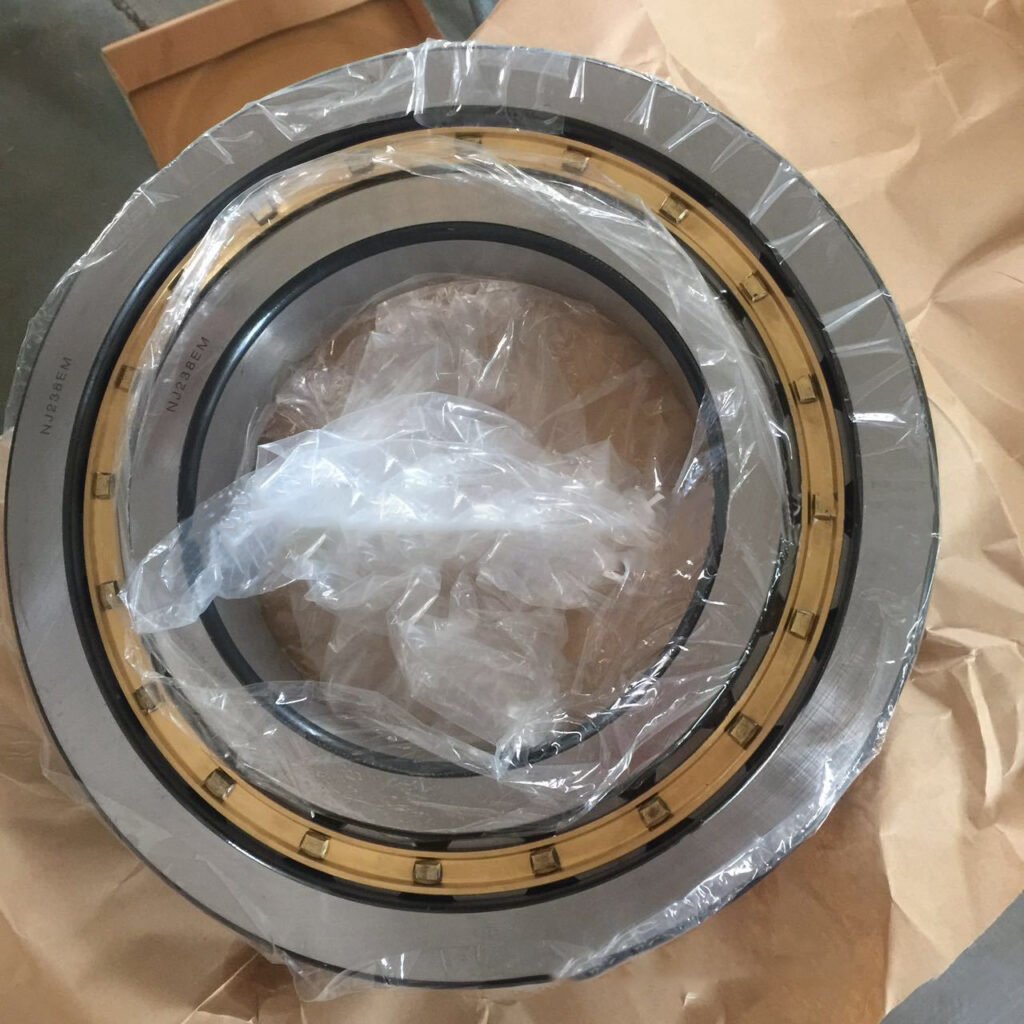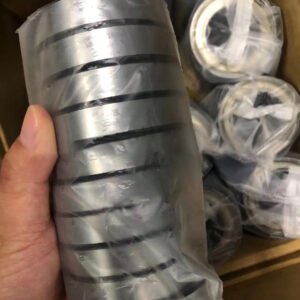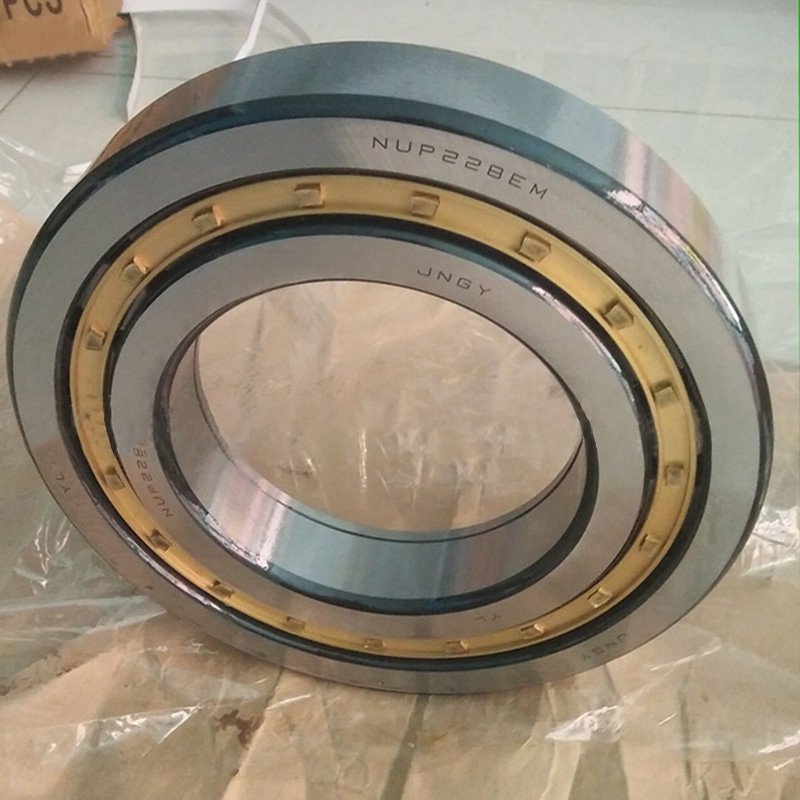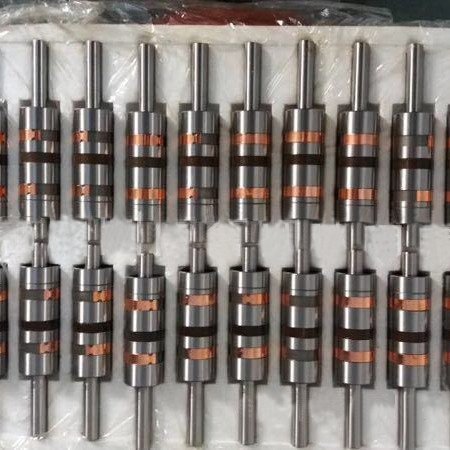Industrial robots have become integral to modern manufacturing, revolutionizing production lines with their precision, speed, and reliability. As robotic systems continue to evolve, the performance of these machines hinges on the efficiency and durability of the components that drive their movement. Among the critical elements that ensure smooth and accurate operation are the bearings that support the joints and axes of robotic arms.
One such bearing type that has gained prominence in industrial robotics is the crossed roller bearing. Known for its ability to handle high loads and provide exceptional precision in compact spaces, crossed roller bearings are a cornerstone of advanced robotic technology. This article delves into the reasons why crossed roller bearings are so crucial for industrial robots, exploring their key features and benefits that make them the ideal choice for robotic applications.
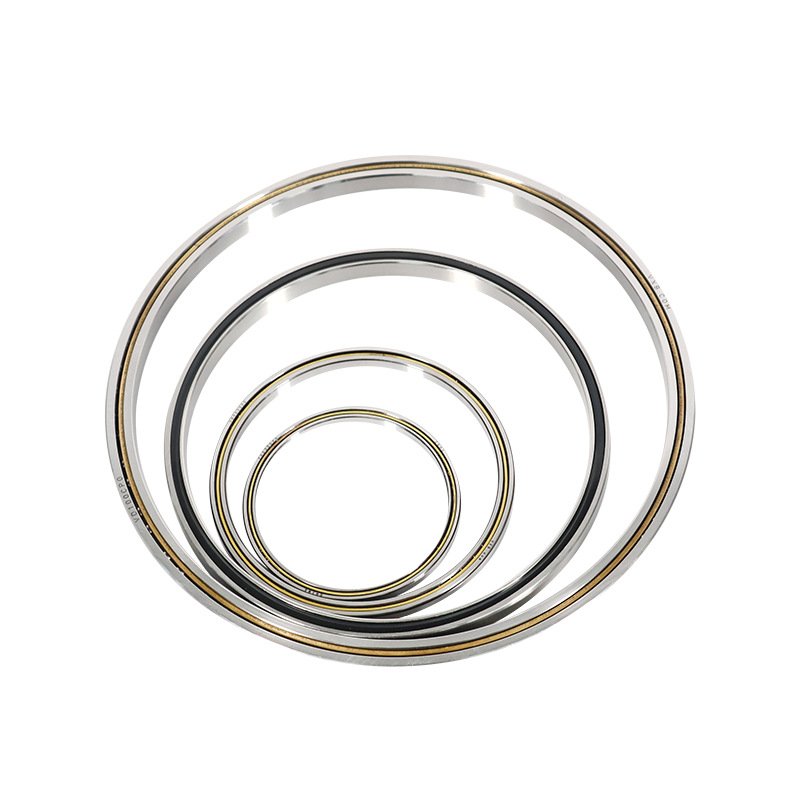
Ultra-thin wall precision crossed roller bearings
Industrial robots use crossed roller bearings for several important reasons, primarily due to their unique design and ability to meet the demanding requirements of robotic applications:
1. High Load Capacity
Crossed roller bearings consist of cylindrical rollers arranged at a 90-degree angle to each other. This design allows them to handle high radial, axial, and moment loads simultaneously. This is crucial in robotics, where a single joint or axis often needs to support a combination of loads from various directions.
2. Compact Design
Crossed roller bearings are compact and have a low profile, which is essential in robotic arms and other space-constrained applications. This allows for more efficient use of space while maintaining high load capacity, making them ideal for robots that need to perform precise movements in a confined area.
3. Precision and Accuracy
Crossed roller bearings provide high rigidity and stability with minimal deflection, ensuring precise and accurate movement. Robots, especially those used in manufacturing, require precision for tasks such as assembly, welding, or painting. Crossed roller bearings ensure that movement is smooth and repeatable.
4. Durability and Long Service Life
These bearings are designed to minimize wear and tear over time, which is important for industrial robots that often operate in harsh environments and under heavy loads. Their ability to maintain performance over an extended period reduces downtime and maintenance costs.
5. Smooth Rotation and Low Friction
Crossed roller bearings are designed to operate with low friction, enabling smooth rotation. This is especially beneficial for robots involved in tasks requiring fine control, such as handling sensitive or delicate objects.
6. Increased Stiffness
The design of crossed roller bearings offers increased stiffness and reduced elasticity compared to traditional bearings. This is vital in robotic systems where movement precision is directly affected by bearing deflections or flexing under load.
7. Versatility in Different Applications
Crossed roller bearings can be used in multiple axes and are suited for a wide range of robotic applications, including articulated robots, SCARA robots, and parallel robots, providing flexibility for various design requirements.
Conclusion:
In summary, industrial robots use crossed roller bearings because they offer a combination of high load capacity, precision, durability, compact design, and smooth operation—all of which are crucial for the performance and longevity of robotic systems in demanding industrial environments.

